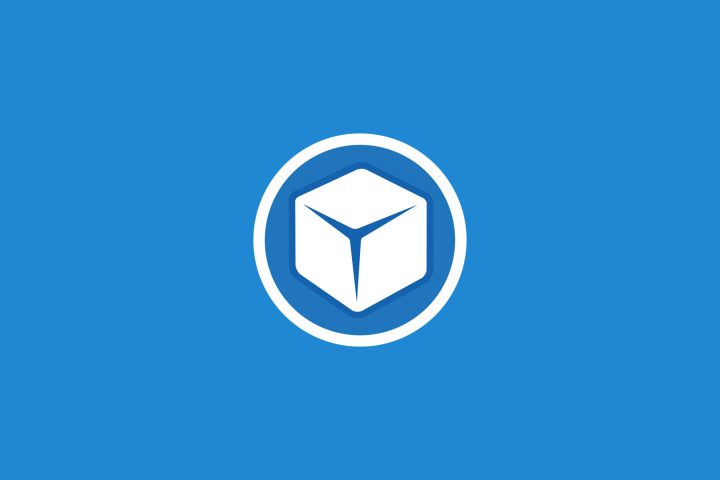Blog, Digital Marketing|3 minutes
Knowing Your Customer Segments—Millennials, Baby Boomers, and Beyond
If you really want to boost your sales, you need to know your customers and you need to cater your marketing to them.

Think you can market to everyone and they’ll want to buy your products? Think again.
Although it sounds ideal to appeal to a broad audience in an attempt to get more business, the opposite is actually true. If you really want to boost your sales, you need to know your customers and you need to cater your marketing to them.
There are many different ways to segment your customers. You might consider income level, gender, or frequency of purchases. However, age is one of the most important segments to consider and there’s no easier way to do it than by breaking it down into generations.
The Three Primary Generations to Consider
When breaking your customers down into segments, it’s best to break them down into three primary generations. Chances are, you’ve heard a lot about these generations already.
- Baby Boomers – born between 1946 and 1964
- Generation X – born between 1965 and 1980
- Millennials – born between 1981 and 2000
Each generation has garnered more and more attention, to the point where the internet is full of articles about Millennials—who they are and how to market to them. Although these are arguably the most relevant generations, there are still plenty of the Greatest Generation left (1901 to 1945) who are worth marketing to as well.
Not Everyone in a Particular Generation Buys the Same Way
Although breaking your customers down into these age groups can be very helpful, don’t lose sight of the fact that not everyone in a particular generation shops or buys the same way.
For example, you may decide to market to Generation X but you may further want to segment your customers by paying special attention to business professionals if your products appeal more to office workers than housewives.
Your Products or Services Could Appeal to All Generations
Another mistake people make is assuming that their product will only appeal to one or two generations. Although that might be the case, it could also be the case that your product appeals to all age groups. For example, some furniture and home appliances can be appealing to young and old alike. If that’s the case, what’s the point in segmenting your customers into generations?
Even if your product appeals to all ages, how you appeal to those age groups is wildly different. After all, you wouldn’t speak to your grandma the same way you speak to your child. By considering each generation individually, you can create marketing materials to target each age group.

Things to Keep in Mind about Each Generation
Want to better market to each age group? Keep these things in mind:
- Baby Boomers have the most disposable income and they account for nearly half of all retail sales. Surprisingly enough, they spend the most money on technology so they’re more tech-savvy than you think.
- Generation X has the highest income and as they progress in their careers, they’ll have even more disposable income to spend than the generation before. They are financially stable and are great at saving their money.
- Millennials are the most tech-savvy of the bunch and respond well to digital marketing especially when it comes to social media and mobile devices. Although they are earning less and have more debt than generations before, they’re willing to spend their money on unique, high-quality products.
Because there are so many ways to divide your customers into helpful segments, it’s a good idea to seek professional help. Chillybin can help you market to the customer segments that are most relevant to your business.





